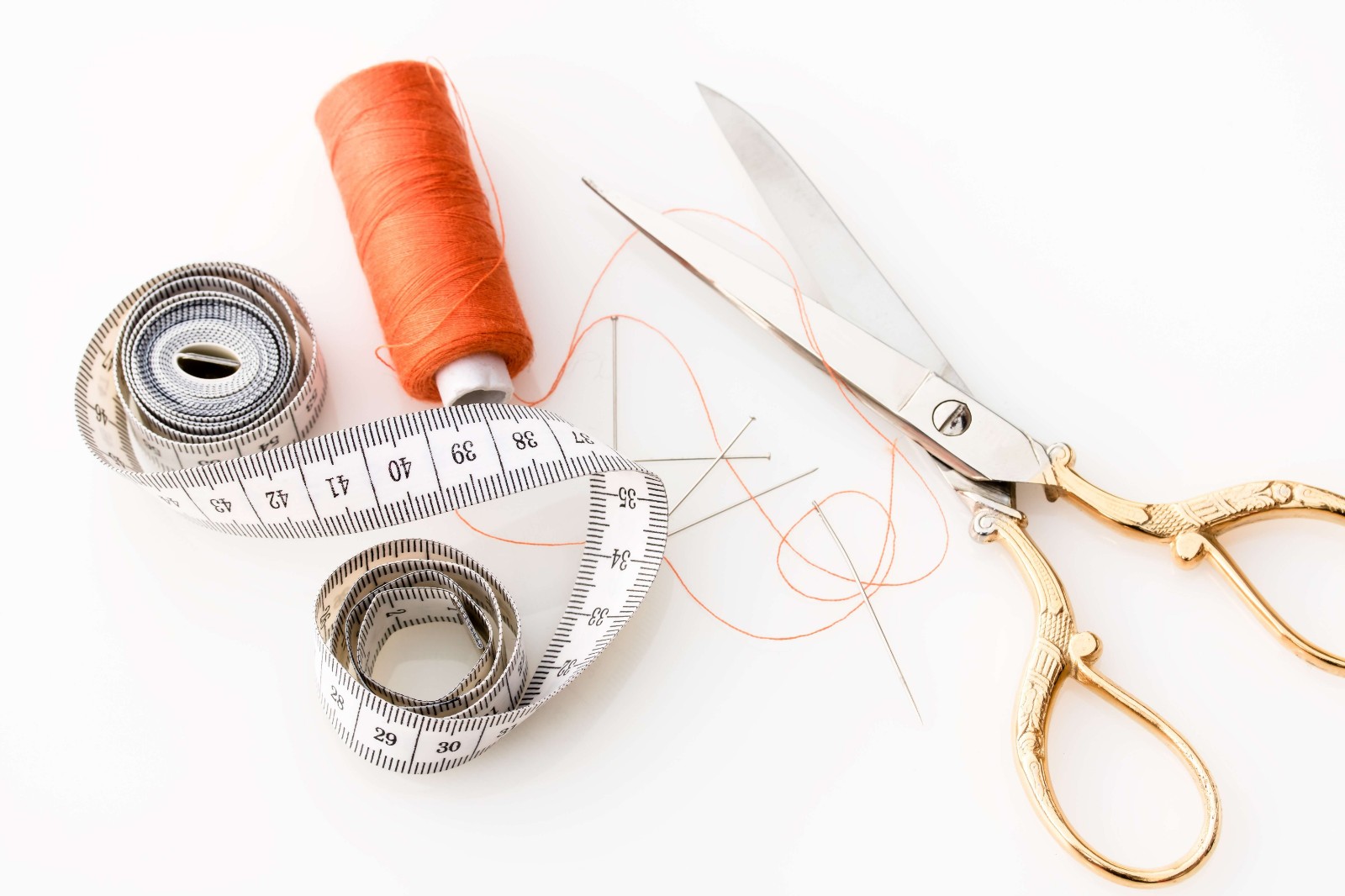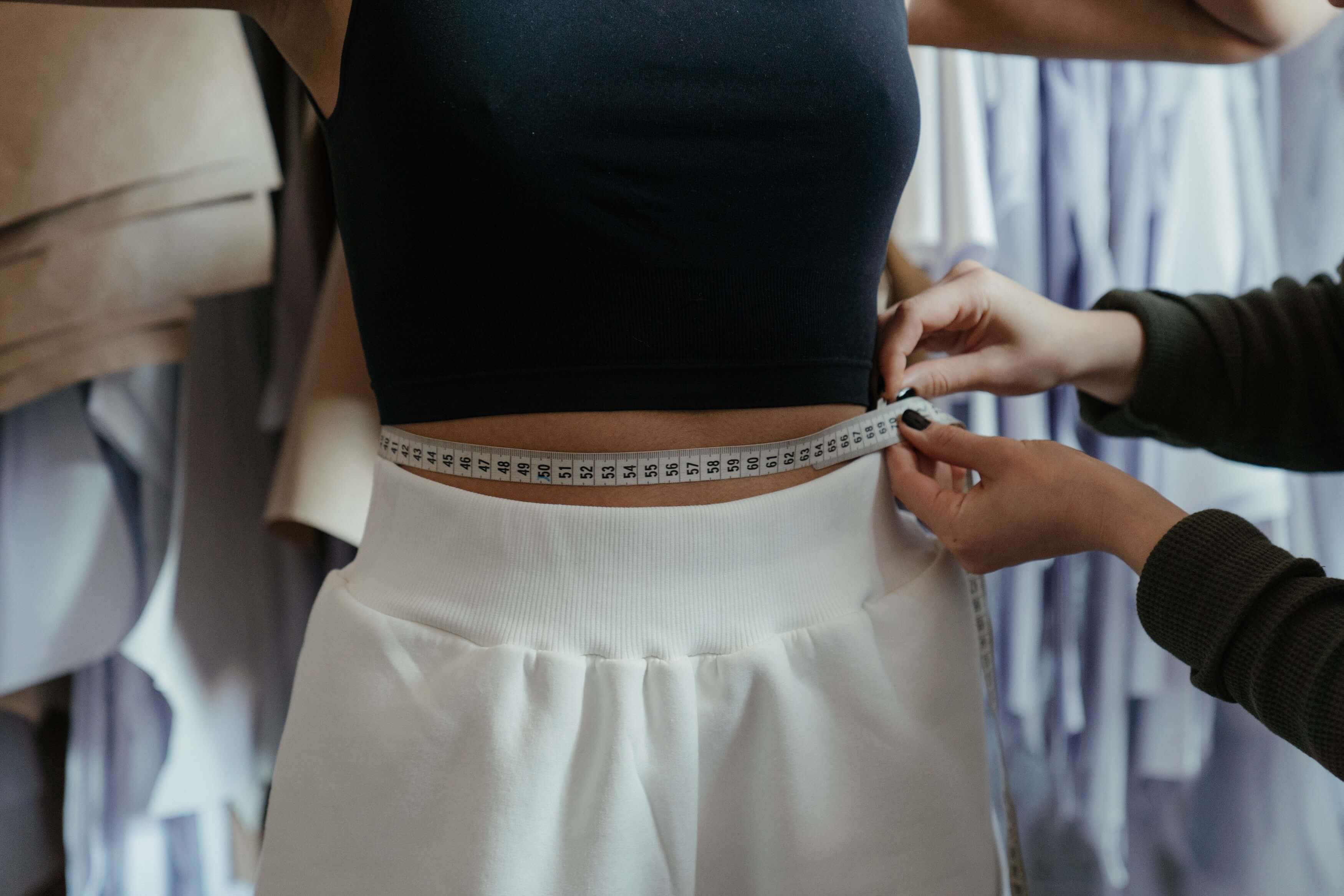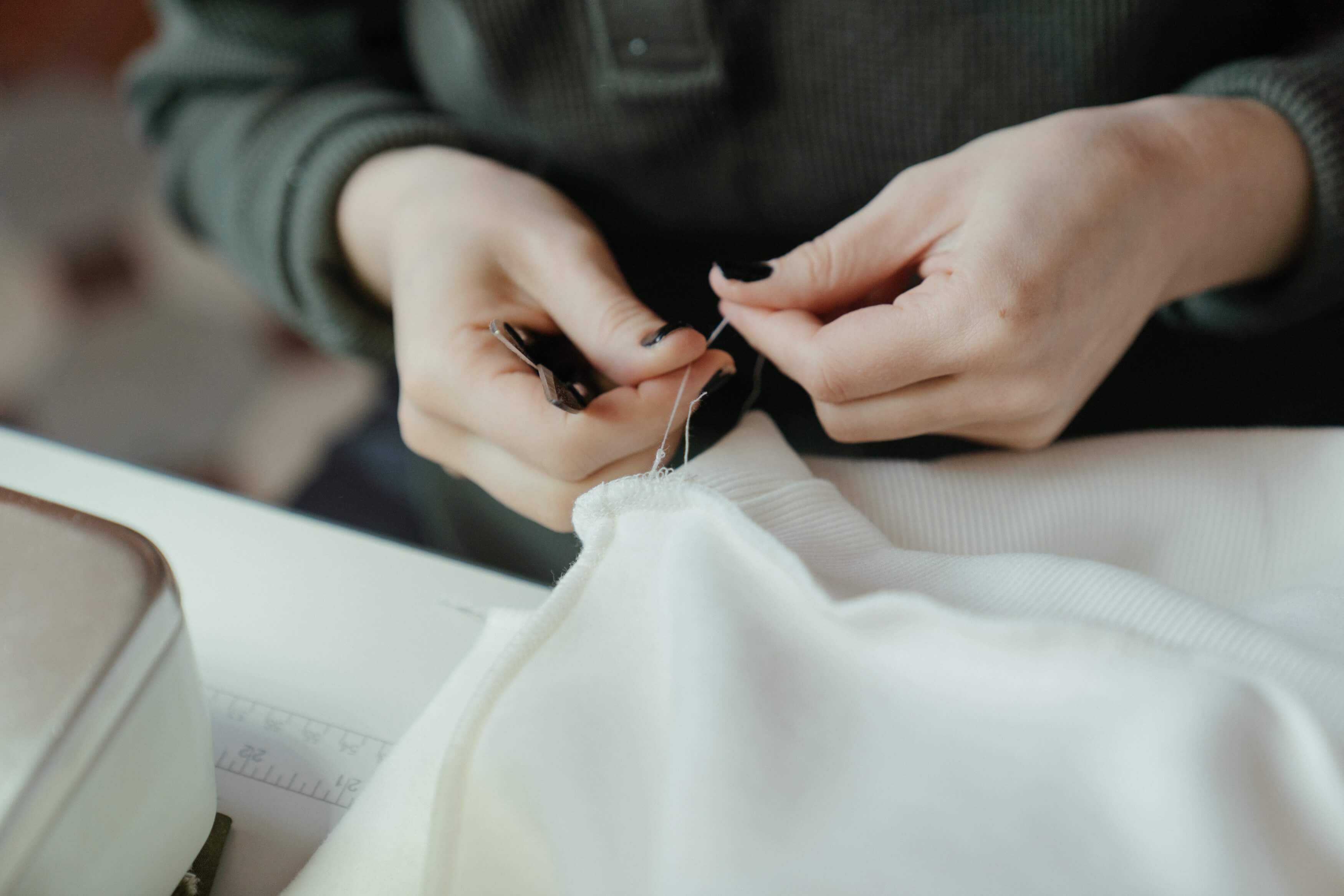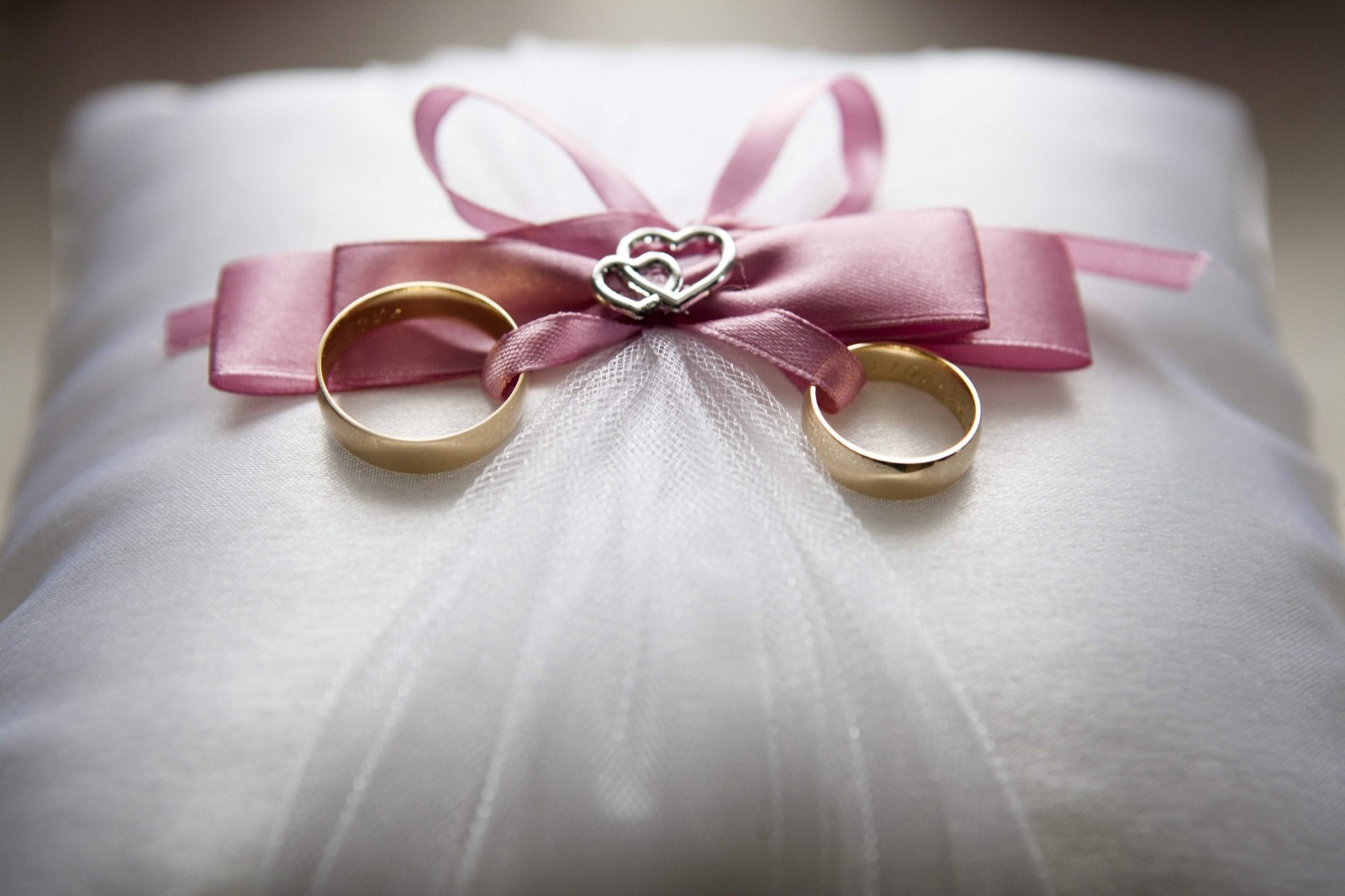Wedding Dress Alterations You Need to Know
 One of the most significant aspects of your special day is your wedding dress, and it's crucial that it fits and also gives you a touch of beauty and confidence. A wedding dress must be fitted, and bridal consultants and seamstresses are aware of the typical worries future brides have. This is the first rule of wedding dress buying.
One of the most significant aspects of your special day is your wedding dress, and it's crucial that it fits and also gives you a touch of beauty and confidence. A wedding dress must be fitted, and bridal consultants and seamstresses are aware of the typical worries future brides have. This is the first rule of wedding dress buying.
To make your fantasy dress a reality, they can assist you in addressing fit difficulties or by adding long lace sleeves. In order to attain the ideal fit, including modifications in your wedding dress budget is a good first step.
To ensure the seamstresses' work is perfect and accurate, it is also advised that you bring the undergarments and shoes you want to wear on your wedding day to your appointment. While many brides believe their dress will fit precisely right off the rack, most dresses really require minor changes to make sure you look absolutely stunning when you say "I do."
Understanding the Alterations Process
 When you first purchase your wedding dress, it's important to remember that it's unlikely to fit you perfectly. Wedding dresses are typically made in standard sizes, and every bride's body is unique. Alterations are a way to customize the dress to your specific measurements and ensure it fits you like a glove.
When you first purchase your wedding dress, it's important to remember that it's unlikely to fit you perfectly. Wedding dresses are typically made in standard sizes, and every bride's body is unique. Alterations are a way to customize the dress to your specific measurements and ensure it fits you like a glove.
The alterations process usually starts with a consultation with a tailor in a bridal salon or a local seamstress. At this stage, the tailor will take measurements of your body and evaluate the dress to determine what alterations are needed to achieve the perfect fit. They will also discuss any design changes you may want, such as adding straps or altering the hemline.
After the consultation, the tailor will make the dress and begin making only the necessary alterations. Depending on the complexity of the alterations, this process can take several weeks. It's important to schedule your alterations well in advance of your wedding day to ensure the dress is ready on time.
Common Alterations Made to Wedding Dresses
 There are several alterations that are commonly made to wedding dresses to achieve the perfect fit. These include:
There are several alterations that are commonly made to wedding dresses to achieve the perfect fit. These include:
Hemming: Hemming is the process of shortening the length of the dress. This is one of the most common alterations made to wedding dresses, as many dresses are too long for the bride's height.
Taking in or letting out seams: Taking in or letting out seams is the process of adjusting the width of the dress to fit the bride's body. This is a common alteration for brides who have lost or gained weight since purchasing the dress. Or they purchase their dress in a size up or a size down.
Adding or removing straps: Some brides prefer dresses with straps, while others prefer strapless dresses. Adding or removing straps is a common alteration that can completely change the look of the dress. Sometimes, if a strapless dress is too heavy then the bride may also seek assistance from a local tailor to gain more support for the bodice.
Bustle: A bustle is a series of hooks, buttons, or ties that allow the train of the dress to be lifted off the ground. This is a common alteration for dresses with long trains, as it allows the bride to move around more easily during the reception.
Tips for Getting the Perfect Fit
 Getting the perfect fit for your wedding dress is essential to feeling confident and beautiful on your big day. Here are some tips to ensure your dress fits you perfectly:
Getting the perfect fit for your wedding dress is essential to feeling confident and beautiful on your big day. Here are some tips to ensure your dress fits you perfectly:
Schedule your alterations well in advance of your wedding day. This will give your tailor enough time to make the necessary alterations and ensure your dress is ready on time. If you buy overseas online please email the seller once in a while to check the status of your order.
Get the shoes and underwear you want to wear on your big day ready when you go in for your alteration appointment. By doing this, the tailor will be able to obtain precise measurements and make the required adjustments.
Communicate clearly with your tailor about the fit you're looking for. Don't be afraid to speak up if something doesn't feel right or if you want a specific design change.
Schedule a final fitting close to your wedding day to ensure the dress fits perfectly. This will give the tailor a chance to make any last-minute adjustments if necessary.
In short, wedding dress alterations are a crucial part of the process of finding your dream dress. By understanding the alterations process, knowing the common alterations made to wedding dresses, and following these tips, you can ensure that your dress fits you perfectly and makes you feel confident and beautiful on your big day.









